The Importance of Unarmed Combat Training for Anti-Poaching Rangers
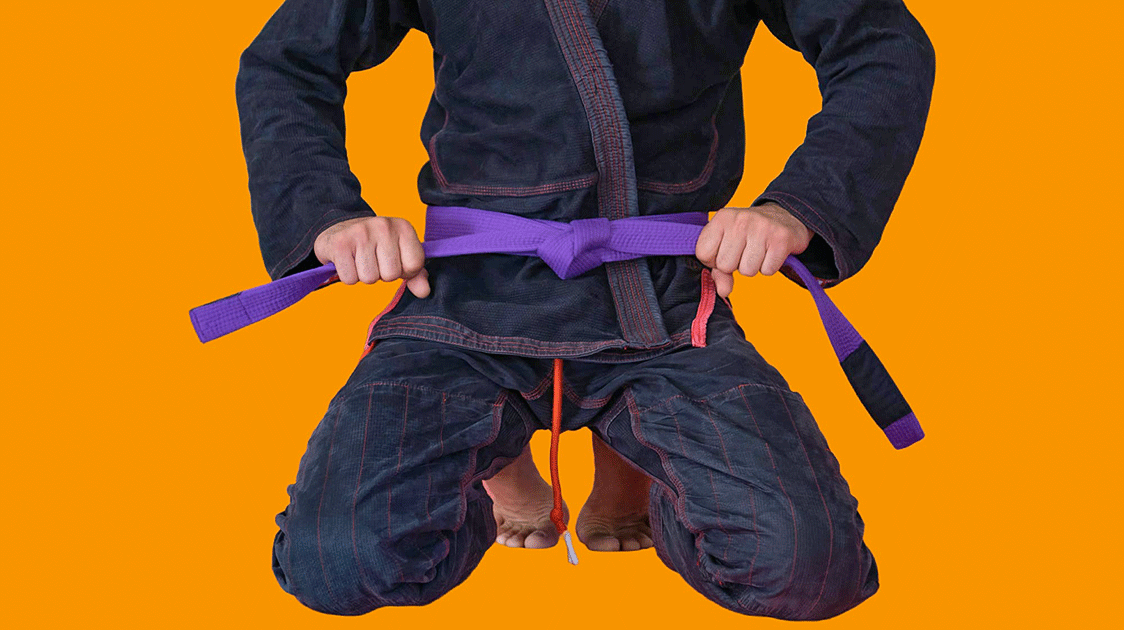
By Lieutenant Colonel Rafael Dilguerian De Oliveira Conceição
Anti-poaching rangers often face dangerous and unpredictable situations in the field. While they may be armed, close-quarters confrontations with poachers will sometimes render firearms useless.
In such scenarios, proficiency in unarmed combat techniques enables rangers to subdue poachers without escalating violence unnecessarily. This is particularly important where lethal force is not an option.
Unarmed combat training teaches rangers how to de-escalate conflicts effectively. Through techniques in verbal control, body positioning, and restraint holds, they can prevent confrontations from turning violent.
A well-trained ranger can diffuse a tense situation before it spirals out of control, ensuring that operations remain professional and within legal frameworks.
Anti-poaching rangers often work in some of the most remote and unforgiving environments. Being physically fit and mentally prepared for conflict is critical.
Learning unarmed combat improves the strength, agility, and endurance necessary for surviving extreme conditions.
Training in martial arts disciplines such as Jiu-Jitsu enhances overall situational awareness, quick reflexes, and adaptability—skills that can prove invaluable in the field.
Beyond physical combat skills, unarmed combat training instills confidence and mental resilience in rangers. Knowing they can handle themselves in dangerous encounters allows them to perform their duties with greater assurance.
This confidence also fosters teamwork and trust among ranger units, as they know they can rely on each other in difficult situations.
Lieutenant Colonel Rafael Dilguerian De Oliveira Conceição of the São Paulo State Military Police, Brazil, is a passionate conservationist with an impressive CV. He has a master's degree in police science and a law degree. He is a military instructor and expert in training shooting and firearm proficiency.
He has specialized in environmental, internal affairs, and intelligence policing and is a staff officer at São Paulo State Military Police Environmental Command, where he is an instructor.
He is also a black belt in Brazilian Jiu-Jitsu.
Rafael is an ardent supporter of Patrol: Anti-poaching in Action and often engages in various anti-poaching subjects.
Below, Rafael gives a brief overview of Brazilian Jiu-Jitsu.
Brazilian Jiu-Jitsu: A Powerful Self-Defense Tool
Physical fights are very likely to go to the ground. Knowing how to escape from a "mount" (a technique in which one fighter is lying on his back on the ground and the other "mounted" on him in a position of wide control) is a huge defensive advantage.
Likewise, getting rid of a choke, a "rear naked choke", or a "tie" can yield vital minutes until support arrives.
Punches kicks and pushes are aggressions that – depending on the situation – also end in falling and serious injuries.
In the criminal environment, there is a tendency to assault the victims (without any technique), which, out of mere sadism, leads to high psychological satisfaction and approval in the delinquent environment.
I cite some examples:
a) "to pass the squeegee", "to give a band" (technical term for the fall of ashi barai);
b) "put your foot in your throat";
c) "give a tie";
d) "give a rear naked choke";
e) "beat up"; and
f) the famous "flying."

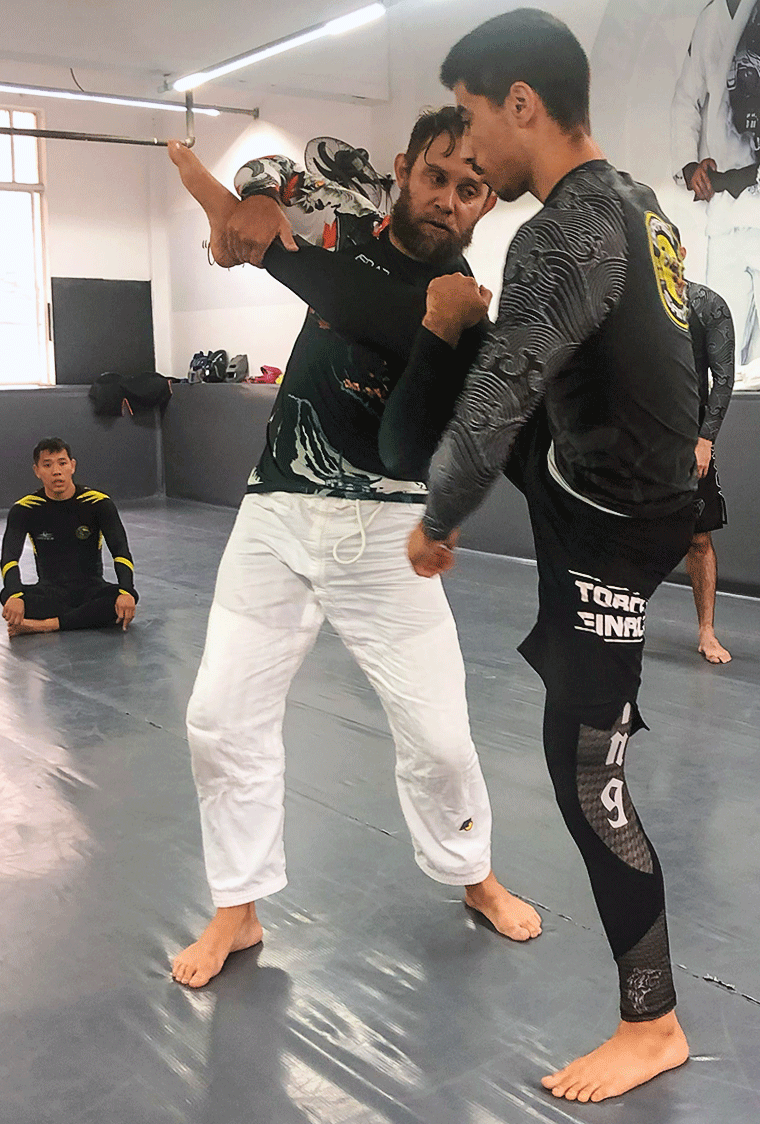


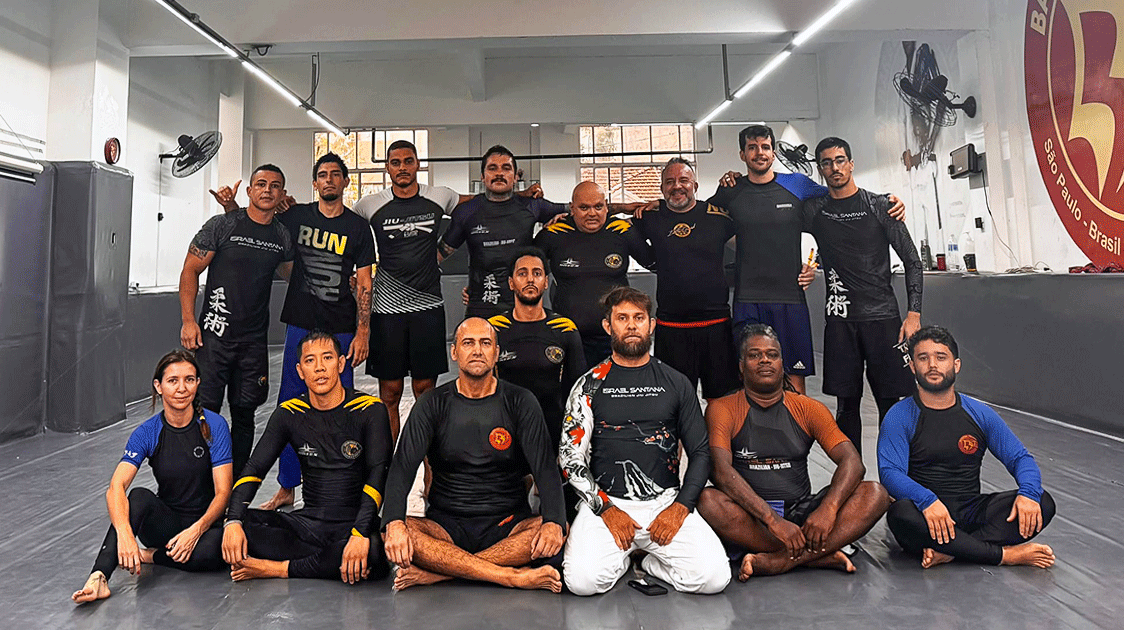
Jiu-Jitsu has an arsenal of techniques to prevent these offenses and also provides effective counterstrikes based on the opponent's strength and lack of technique.
The retention and counter-retention of the firearm is also another skill that Jiu Jitsu makes possible, as there is no shortage of examples of situations in which the aggressor advances on the armed person to "take" the weapon.
Even though he is armed, an unarmed aggressor realizes whether or not the shooter will shoot and, not infrequently, intimidates him by challenging him to shoot.
As the martial art is practiced, the student becomes self-confident, attentive, and fearless, behaviors that generate a clear change in body posture that will inhibit the approach of criminals and convey an image of security and fearlessness, making would-be aggressors opt for an "easier target".
The initiation of Jiu-Jitsu takes place with the white belt and, after fulfilling the interstices established by the Brazilian Jiu-Jitsu Confederation (CBJJ) plus the evaluation of the respective instructor, the student will evolve in the hierarchy of the martial art (white, blue, purple, brown and black belt).
An ideal training sequence is given at a rate of 3 times a week, with classes of approximately 1 hour (technique instruction and fight session).
A typical BJJ class has the structure above:
1) warm-up exercises;
2) teaching the technique of the day;
3) drill exercises;
4) actual combat; and
5) debriefing about self-defense and physical training guidelines.
Any martial art that does not have practical training, with real fights and with the instructor's supervision, is deceptive and dangerous.
It is also foolhardy to establish that there is an exact formula for the exercise of self-defense, with the learning of just a few blows.
These two factors lead to complacency – believing that you are safe but actually not – which can have serious consequences for security.
In Jiu-Jitsu, even black belt students, athletes, and instructors constantly train in techniques and real combat because physical fighting is a skill that requires dedication and commitment.
Another advantage of BJJ as a security tool is the low cost of training, and health improvement (that avoids employers absenteeism, indisposition, and, of course, complacency).
Getting into the habit of fighting, training, and, above all, staying alert is a "homework" that needs to be done to increasingly have the quality of life that only a safe environment provides.
Lieutenant Colonel Rafael Dilguerian De Oliveira Conceição Contact Details:
WhatsApp/Mobile: +55 11 9 8174 8439
Email: dilguer@gmail.com
Instagram: @RafaelDilguerian

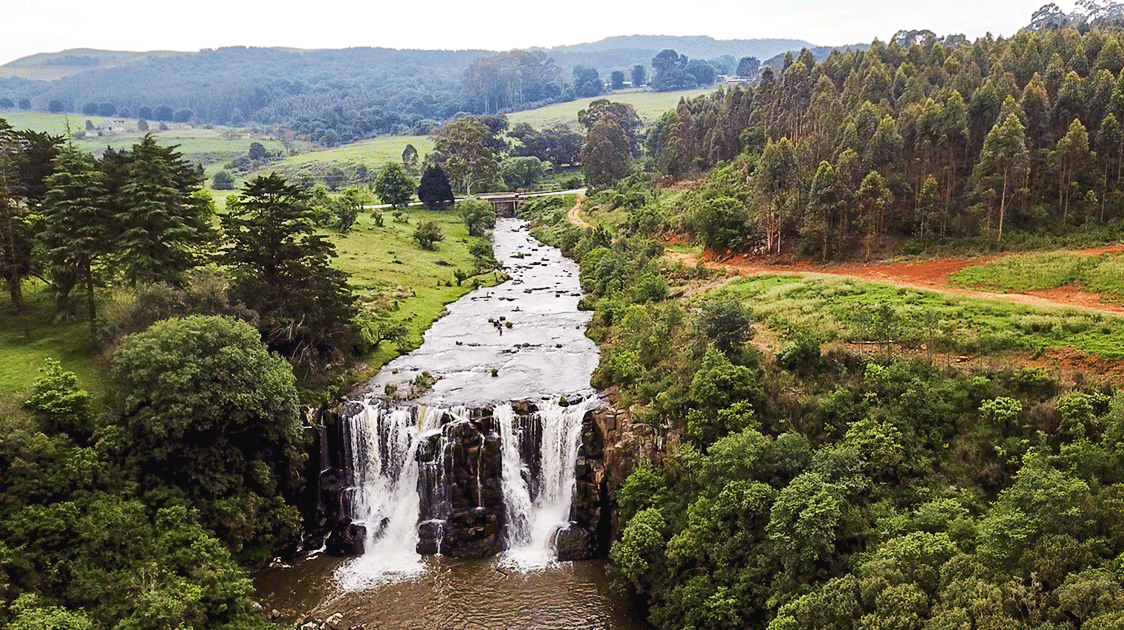
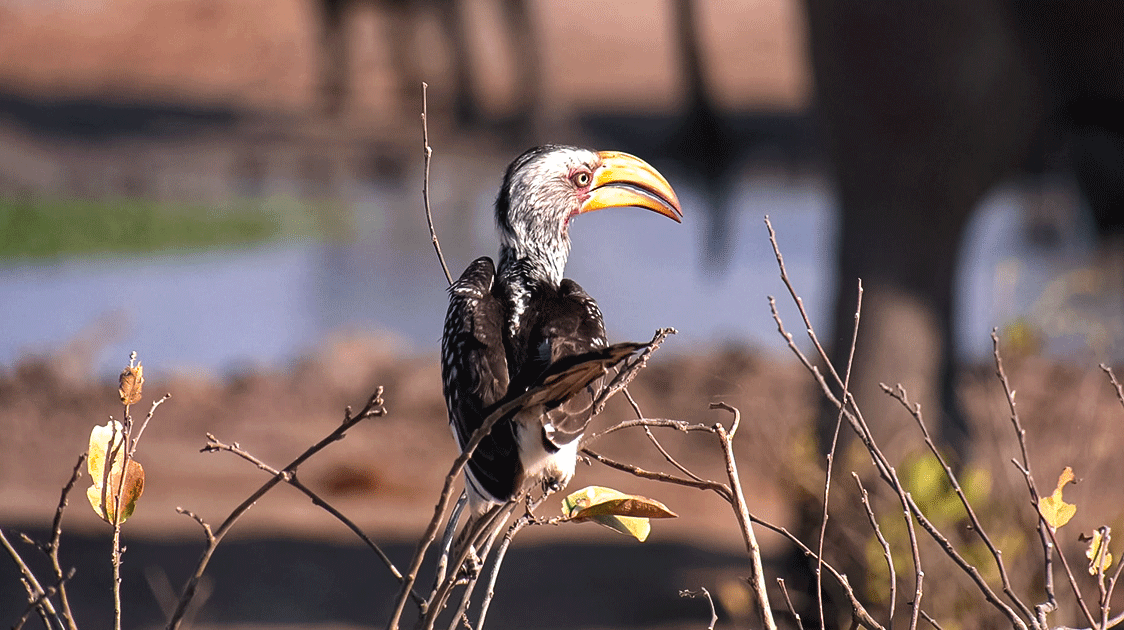
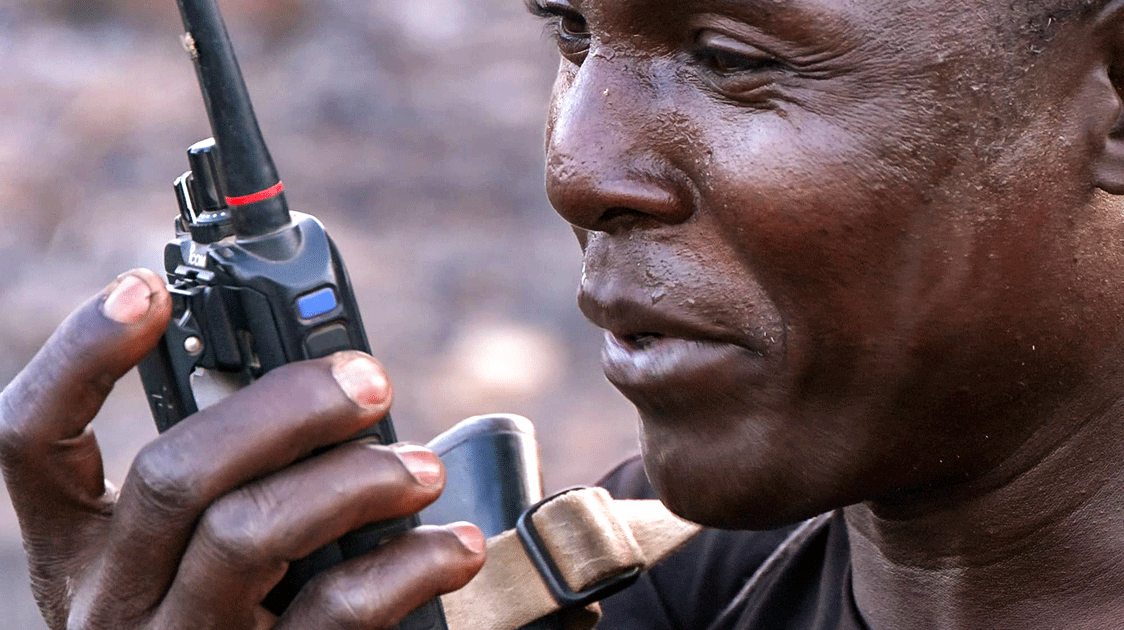
Comments ()